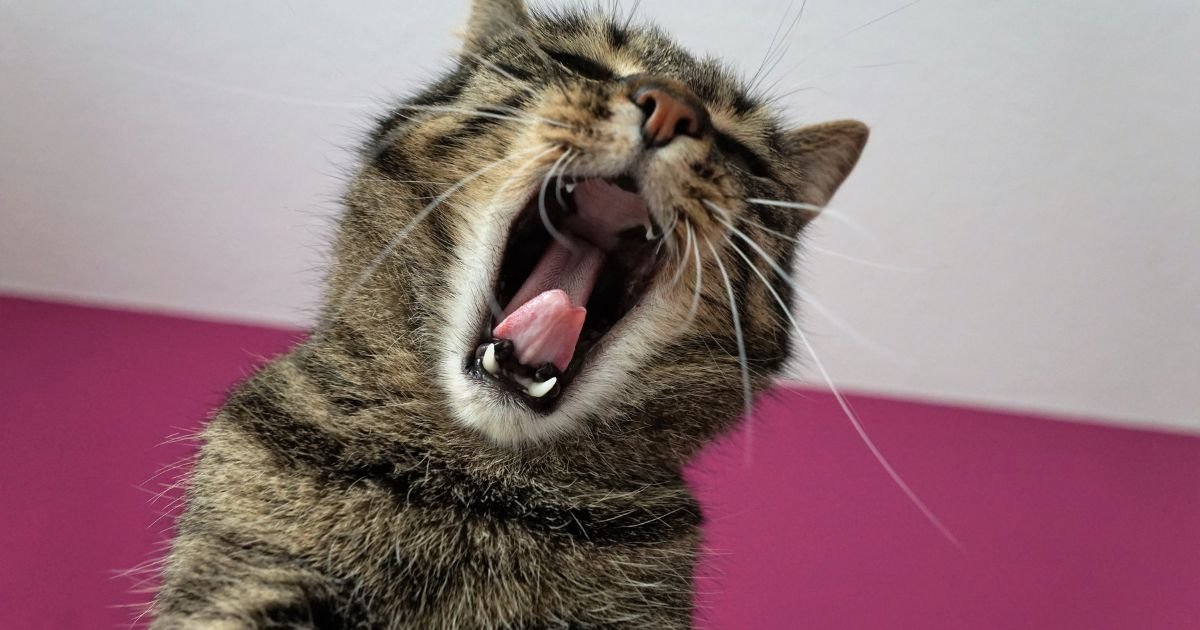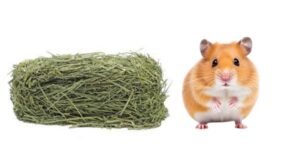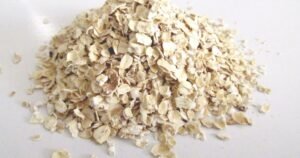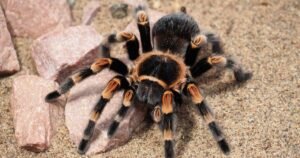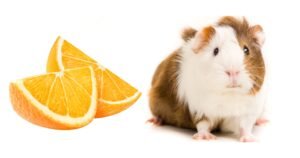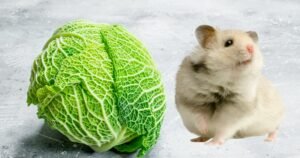What to Feed a Cat Without Teeth? It is advisable to provide canned food or softened kibble. Nevertheless, some cats may persist in consuming dry kibble even without teeth. The choice depends on individual preferences and what the cat finds more comfortable to pick up or handle with its mouth.
Caring for a cat without teeth may sound daunting to some, but with the proper knowledge and tips, you can make sure your toothless feline lives a whole, healthy life. Whether your kitty has lost teeth due to age or disease, they still need regular dental care like any other pet. Unfortunately, there is no way to restore those missing pearly whites through traditional methods like dentures or implants; however, this doesn’t mean caring for them is impossible! In this blog post, we’ll give you an overview of what you should be mindful of to provide proper oral hygiene care for cats with no teeth.
If caring for a cat with no teeth seems overwhelming, you’re in the right place! Caring for toothless cats isn’t just doable – it’s something all animal lovers should know how to accomplish. We’ve compiled this comprehensive guide to provide detailed information about food choices, hygiene and dental care tips, general health advice, and more. With our help, your kitty will live happily without their chompers!
Tips To Care For A Cat With No Teeth
How Do You Care For A Cat With No Teeth? The section ‘Tips To Care For A Cat With No Teeth’ aims to provide practical guidelines that will assist in maintaining the health and happiness of toothless cats.
It covers essential aspects such as appropriate food options, oral hygiene practices, and overall health recommendations.
Let’s dive into these tips and learn how to best care for a feline friend without teeth.

Offer Soft Food
A toothless cat requires soft food for easy digestion. Canned cat food is an excellent option. It’s gentle on the gums and provides needed nutrients.
You can also make homemade meals, like pureed chicken or fish. Always ensure food is at room temperature.
Cold food might trigger gum sensitivity. Additionally, small meals throughout the day are better than large meals.
Remember, even without teeth, cats can still eat and get the necessary nutrients to maintain a healthy lifestyle.
Regular Doctor Visits
Keeping up with regular doctor visits is crucial for a toothless cat’s health. A doctor can spot any mouth infections or gum diseases early.
They can also thoroughly clean your cat’s mouth, as dental hygiene is still vital even without teeth.
Furthermore, regular doctor visits can help monitor your cat’s overall health, ensuring that they eat correctly and maintain a healthy weight. In short, a routine check-up is integral to your toothless cat’s well-being.
Keep Them Hydrated
Ensuring your toothless cat stays hydrated is very important. Water helps digestion and keeps the gums moist.
Always keep fresh water nearby for your cat to drink. Please ensure the water bowl is easy to reach and clean daily. Cats might need to drink more if the water is clean.
Offer wet food as it contains water and can help with hydration. Remember, a well-hydrated cat is a happy, healthy cat.

Dental Hygiene
How To Care For A Cat With No Teeth? Even without teeth, dental hygiene is essential for cats. Regularly clean your cat’s mouth with a soft, damp cloth or a pet-friendly dental wipe.
This keeps their gums healthy and prevents infection. Also, use a vet-recommended oral rinse for added protection. Remember, a clean mouth means a healthy, content toothless cat.
Monitor Their Weight
Weight monitoring is vital for a cat with no teeth. Their diet changes can lead to weight gain or loss. Regularly keep track of your cat’s weight and consult a vet if there are sudden changes.
A balanced diet and daily exercise help maintain a healthy weight. Remember, a fit cat is a happy cat.
Causes of Tooth Loss in Cats
Tooth loss in cats is uncommon and can be attributed to numerous reasons.
Understanding these can aid in preventing such issues and ensuring your cat’s oral health.
Age
As cats age, tooth loss becomes more common. Just like humans, older cats can experience a weakening of the gums and jawbone, making teeth more prone to falling out.
Regular dental check-ups can help identify and manage these age-related oral issues early.
Remember, old age doesn’t necessarily mean poor health. Your senior cat can enjoy a good quality of life with proper care.
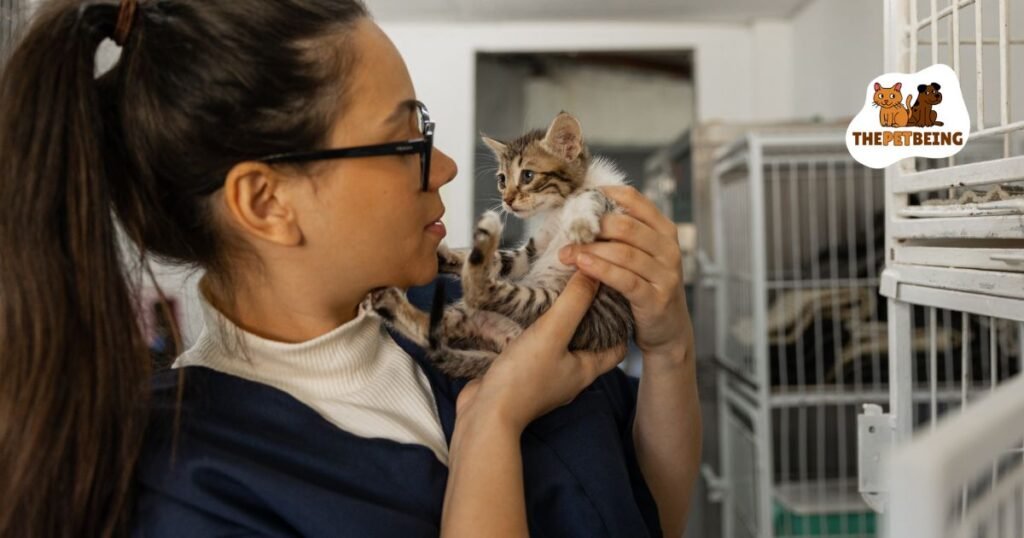
Dental Disease
Dental disease is a common cause of tooth loss in cats. Issues like gum disease or dental decay can harm a cat’s teeth.
This might cause their teeth to fall out. Always clean your cat’s mouth and check for signs of disease.
Talk to a doctor if you see redness, swelling, or bad breath. You can keep your cat’s mouth healthy and stop dental disease with good care.
Regular doctor visits are essential for this. Remember, a healthy mouth means a happy cat.
Injury or Trauma
Injuries or trauma can also lead to tooth loss in cats. This can happen from accidents, fights, or falls. If your cat loses a tooth suddenly, see a vet.
They can check for wounds or infections. Always keep your cat safe at home to prevent injuries. Remember, a safe cat is a happy cat.
Poor Nutrition
Poor nutrition often leads to tooth loss in cats. A diet lacking essential vitamins and minerals can weaken a cat’s teeth and gums.
Providing a balanced diet with all necessary nutrients is crucial for your cat’s health.
Include a variety of foods, like meat or fish, and consider vitamin supplements if needed. Always consult your vet about your cat’s diet. Remember, a well-fed cat is a happy, healthy cat.
Genetic Factors
Genetic factors can play a role in a cat’s dental health. Some cats are born with weak teeth or gums due to their genes.
This can lead to early tooth loss. Knowing your cat’s breed and potential genetic health issues is essential.
Regular doctor check-ups can help catch and manage these genetic conditions early. A cat with good care can still live a happy, healthy life, even if genetics cause tooth loss.
Understanding these causes can help you take preventive measures to guard your feline friend’s teeth.
Regular dental check-ups and maintaining a balanced diet can go a long way in ensuring your cat’s oral health.
Impact of Tooth Loss on a Cat’s Eating Habits
Cats without teeth indeed face changes in their eating habits, but this does not mean they cannot eat or enjoy their food. They need a little help from their owners.
Eating Slower
Cats without teeth tend to eat slower. They can no longer use their teeth to tear apart their food, so they must take more time to lick or gum their meals.
This is a standard change; owners should be patient and give their toothless cats plenty of time to eat.
Preference for Soft Food
How To Care For A Cat With No Teeth? Toothless cats often prefer softer foods that are easier to eat.
Dry kibble can be challenging for them, so they may start to favor wet or dry food soaked in water.
It’s essential to ensure the food you provide is gentle on their gums and easy to swallow.
Need for Smaller Bites
Cats with no teeth need food in tiny pieces. Significant bits of food are hard to eat without teeth.
So, owners should cut food into small bites. This makes it easy for cats to eat and swallow their food.
This change helps keep meal times stress-free and enjoyable for your cat. Remember, a cat that can eat quickly is a happy, healthy cat.
Increased Water Intake
Due to the shift towards wet food, toothless cats often increase their water intake, benefiting their overall health. It supports hydration and aids in digestion.
In conclusion, while tooth loss does impact a cat’s eating habits, it does not prevent them from living a happy and healthy life.
Toothless cats can enjoy mealtime and maintain good health with a few diet adjustments and feeding routines.
Conclusion
How To Care For A Cat With No Teeth? Caring for a cat with no teeth is a journey that needs time, love, and understanding. The first step is always to ensure your cat is eating right. Soft food, small bites, and lots of water are essential. Wet food is a good option as it is easy to eat and helps with water intake. Small bites help your cat eat without stress. Always make sure your cat has clean water to drink. Next, keep your cat’s mouth clean. This can be done with a gentle, clean cloth or pet-friendly wipe. A clean mouth helps keep your cat happy and healthy. You can also use a special rinse, advised by your vet, for extra care. Monitoring your cat’s weight is also essential. Significant weight changes could be a sign of a problem. Ensure your cat gets exercise and eats a balanced diet to stay fit.
FAQs
Can cats live with no teeth?
Yes, cats can live without teeth. While it might require some adjustments, a toothless cat can still eat, drink, and live a happy, everyday life. Owners might need to switch to softer foods, ensure the cat’s mouth is kept clean, and schedule regular doctor checks to monitor the cat’s health. But with these changes, a cat with no teeth can continue to lead a comfortable and content life.
What if my cat is missing teeth?
If your cat is missing teeth, it’s essential to first check with a vet to understand why. It could be due to age, injury, or illness. After this, you can adjust their diet to softer foods and keep their mouth clean. Regular check-ups with the doctor will also help keep your cat’s mouth healthy. Remember, cats can live happily even without teeth.
What is the best dry food for toothless cats?
The best dry food for toothless cats is the one that can easily be hydrated or mashed. Look for high-quality, nutrient-rich food softened with warm water or broth. This makes it easier for your cat to eat. Some brands have unique formulas for cats with dental issues. Always consult your vet before changing your cat’s diet.
Can I give homemade food to cats with no teeth?
Yes, homemade food can be a good option for cats with no teeth. You can prepare meals using soft foods like cooked chicken, fish, or mashed vegetables. Just make sure to cut them into tiny pieces. Also, consult your vet to ensure the homemade diet meets your cat’s nutritional needs. Homemade food should be fresh and free from seasoning or spicy ingredients.
Why do cats lose teeth?
Cats can lose teeth due to several reasons. Most commonly, it’s because of dental disease caused by plaque and tartar buildup. This can lead to gum inflammation or tooth decay. Other reasons can be injuries to the mouth, a poor diet, or just natural aging. Regular dental check-ups with your doctor can help spot and treat tooth loss early.
What are the soft treats for cats with no teeth?
Soft treats for cats with no teeth include canned wet cat food and mashed pumpkin or squash. You could also offer them cooked fish, chicken, or turkey cut into small, manageable pieces. Some brands sell soft, chewy cat treats formulated for dental issues. Always ensure treats are small and soft enough to be eaten without chewing.

